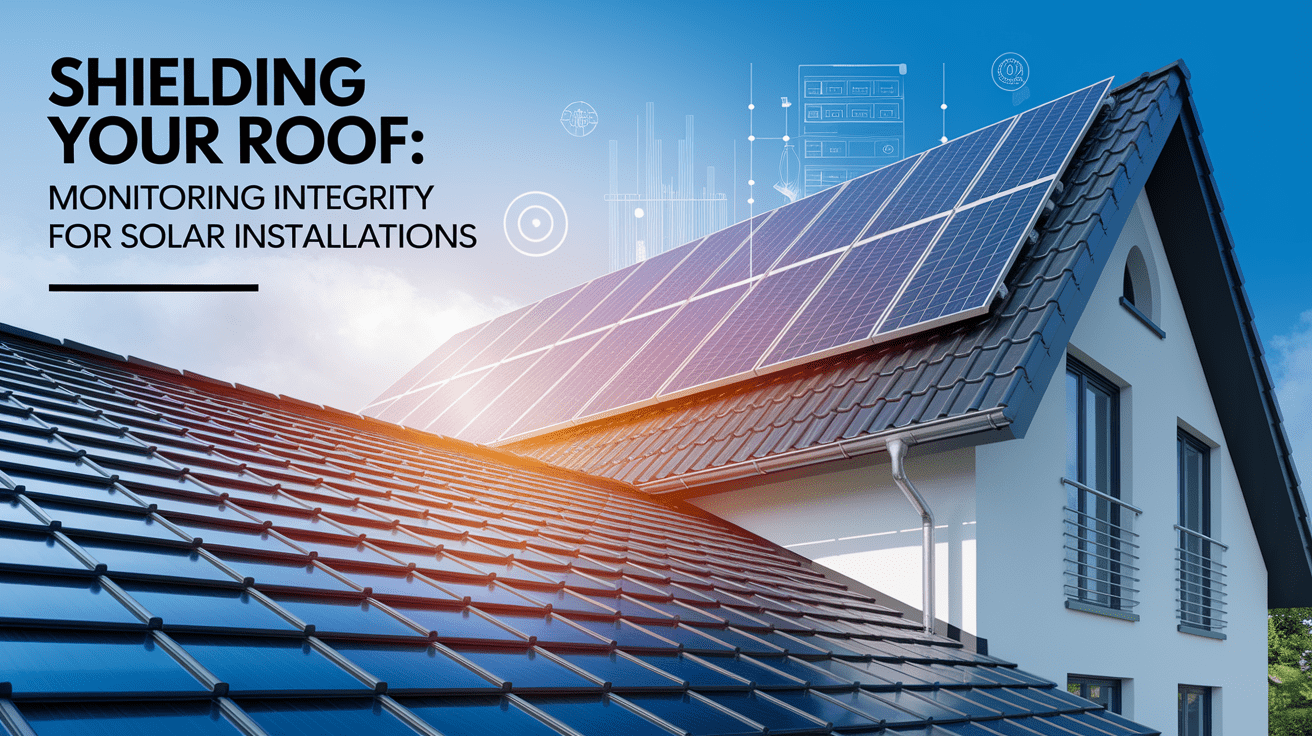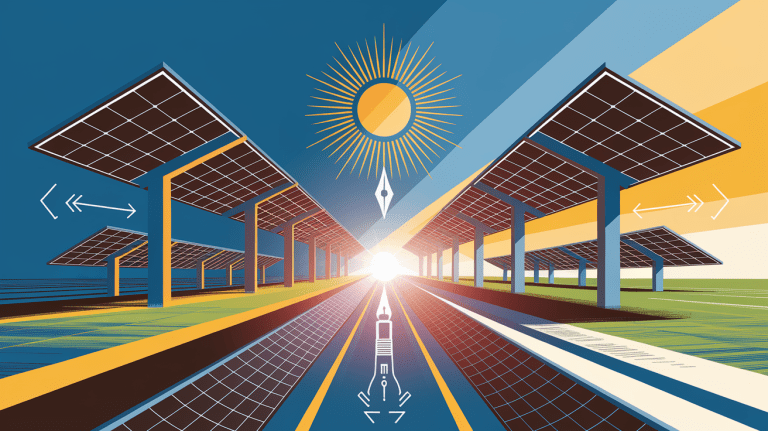Shielding Your Roof: Monitoring Integrity for Solar Installations
Bright Beginnings – Why Roof Monitoring Matters
As the photovoltaic industry continues its rapid expansion, roof integrity has become a critical factor in solar panel installation safety and performance. Panels typically add 2–4 pounds per square foot of weight to a roof, and mounting systems often require roof penetration for secure attachment. Without proper assessment and monitoring, the added load could accelerate material degradation, compromise waterproofing systems, and lead to costly structural repairs.
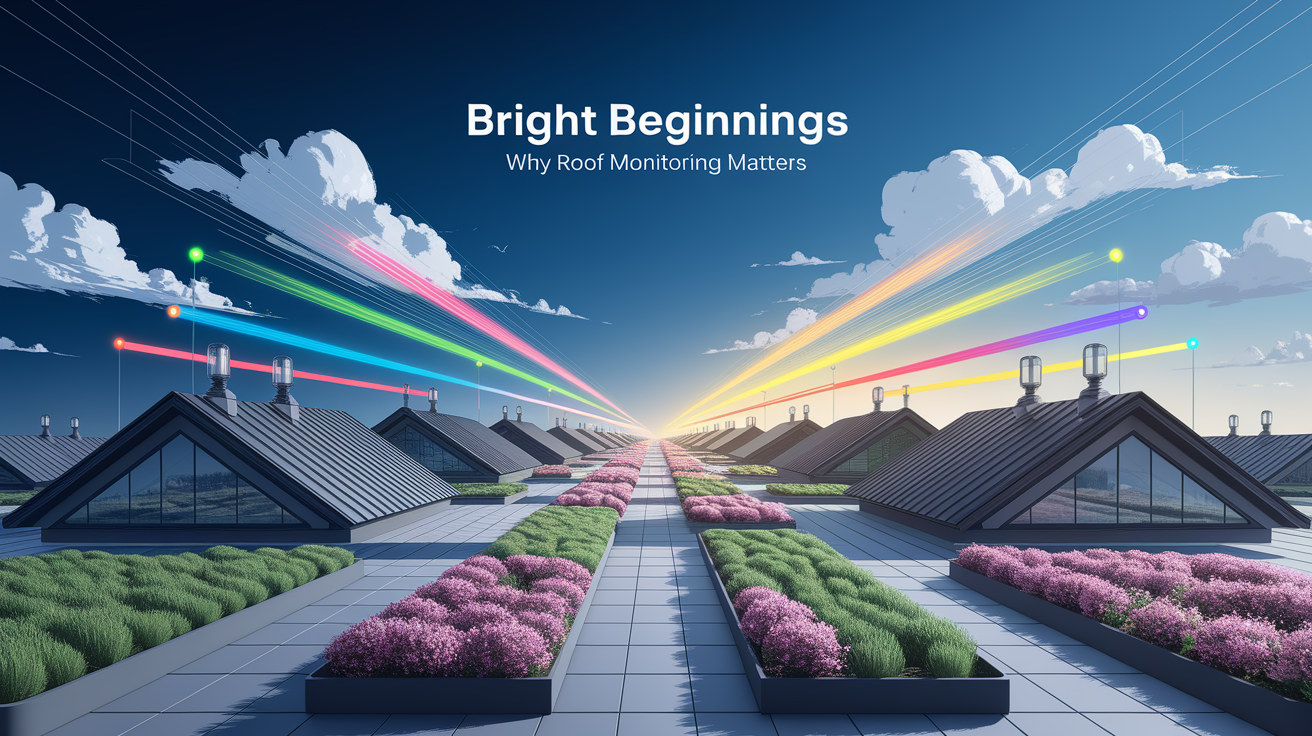
According to The Roof Doctor, compromised roof integrity can cause leaks, deck damage, and even invalidate a roof warranty. Solar array owners—especially in regions subject to thermal expansion, wind uplift, snow loads, and seismic events—are increasingly investing in ongoing structural monitoring to safeguard both their renewable energy systems and the buildings they support.
Key Techniques for Roof-Integrity Monitoring
Modern roof damage assessment has evolved far beyond the occasional visual check. Professional building inspection teams now employ a combination of traditional surveys and cutting-edge technology to catch issues early.
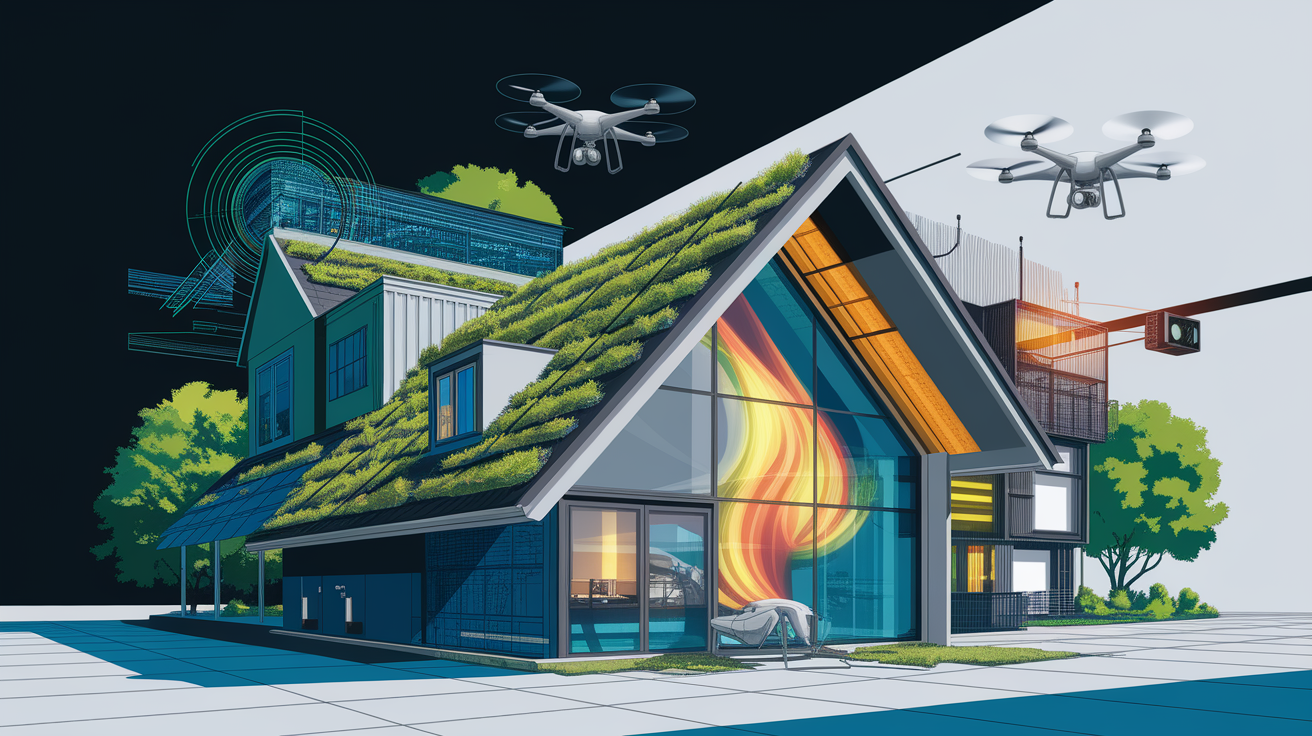
- Manual inspections: Routine flashing inspection, roof slope analysis, and drainage system monitoring carried out by certified roofing professionals.
- Drone surveys: High-resolution aerial imagery and LiDAR scanning for roof deck evaluation and structural load analysis.
- Thermal imaging: Detection of moisture intrusion under solar panels and identification of insulation failures not visible to the naked eye.
- Sensor-based monitoring: Continuous leak detection, wind uplift resistance monitoring, and seismic impact analysis through installed measurement devices.
These technologies provide valuable insight into hidden risks like UV exposure effects, hail damage evaluation, and material degradation, enabling proactive maintenance.
Integrating Monitoring Devices with Solar Systems
Roof monitoring systems are increasingly designed to work in tandem with photovoltaic installations. Weather monitoring devices can be synced with solar inverters to correlate output drops with structural stress events. Load sensors embedded near solar mounting systems track roof load capacity and structural movement in real time.
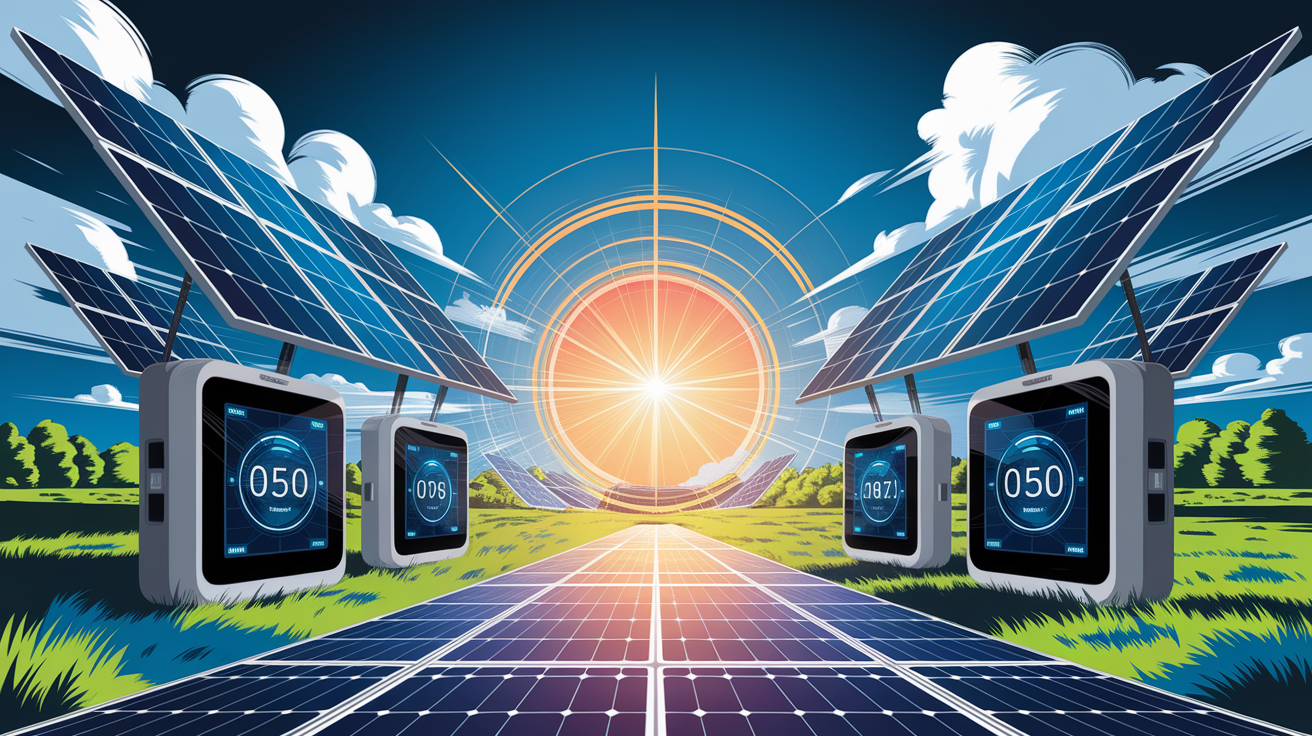
Some advanced configurations integrate waterproof monitoring systems beneath panels, providing early alerts on membrane breaches or flashing failures. According to Sunstorm Energy, pairing active monitoring with solar management software enables property owners to respond quickly to storm damage or drainage problems before they escalate.
Best Practices and Maintenance Schedules
Industry experts stress that preventing roof damage from solar panel installation begins before deployment. A comprehensive roof structural assessment should include age evaluation, ventilation system integrity, and fire safety compliance checks. Once installed, the following practices help maintain long-term roof health:
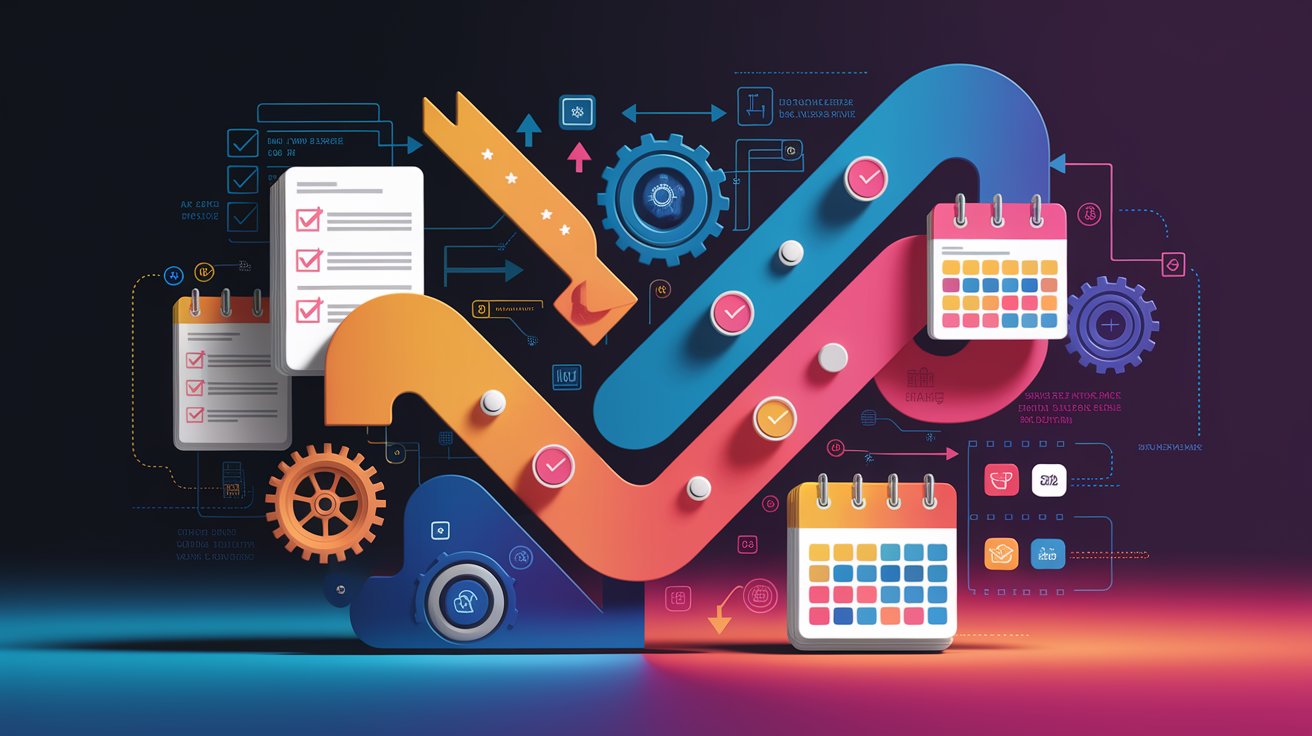
- Certified installations following manufacturer specifications and building code requirements.
- Proper sealing of all penetrations for waterproofing and roof membrane protection.
- Establishing a roof maintenance checklist, including quarterly inspections and post-weather-event checks.
- Monitoring for early signs of water stains, leaks, or loose mounting brackets.
- Documenting all inspection and repair work for warranty protection.
Horizon Roofing recommends immediate response to damage signs and periodic evaluations by structural engineering specialists to avoid costly repairs.
Cost and ROI of Roof Monitoring Solutions
The expense of implementing roof monitoring systems varies by complexity, ranging from a few hundred dollars for manual inspections to several thousand for integrated sensor networks and drone services. While upfront costs may be significant, the long-term return on investment comes from preventing extensive roof damage, extending solar array lifespan, and preserving roof warranties.
Preventative monitoring also protects against downtime, ensuring consistent renewable energy generation—a key factor in commercial and industrial solar projects. Reduced risk of structural failure means lower insurance premiums and higher asset value for buildings with rooftop photovoltaic systems.
Securing a Sun-Powered Future
As more homeowners and businesses turn to solar power, roof integrity monitoring is emerging as a standard best practice for safe, durable installations. By combining upfront structural load analysis, advanced leak detection, and regular roof maintenance, solar owners can sidestep dangers like weather-driven material failure or hidden water damage.
Robust monitoring solutions not only safeguard investments but also contribute to the reliability of renewable energy infrastructure. The message from industry leaders is clear: A solar-powered building is only as strong as the roof beneath it.

